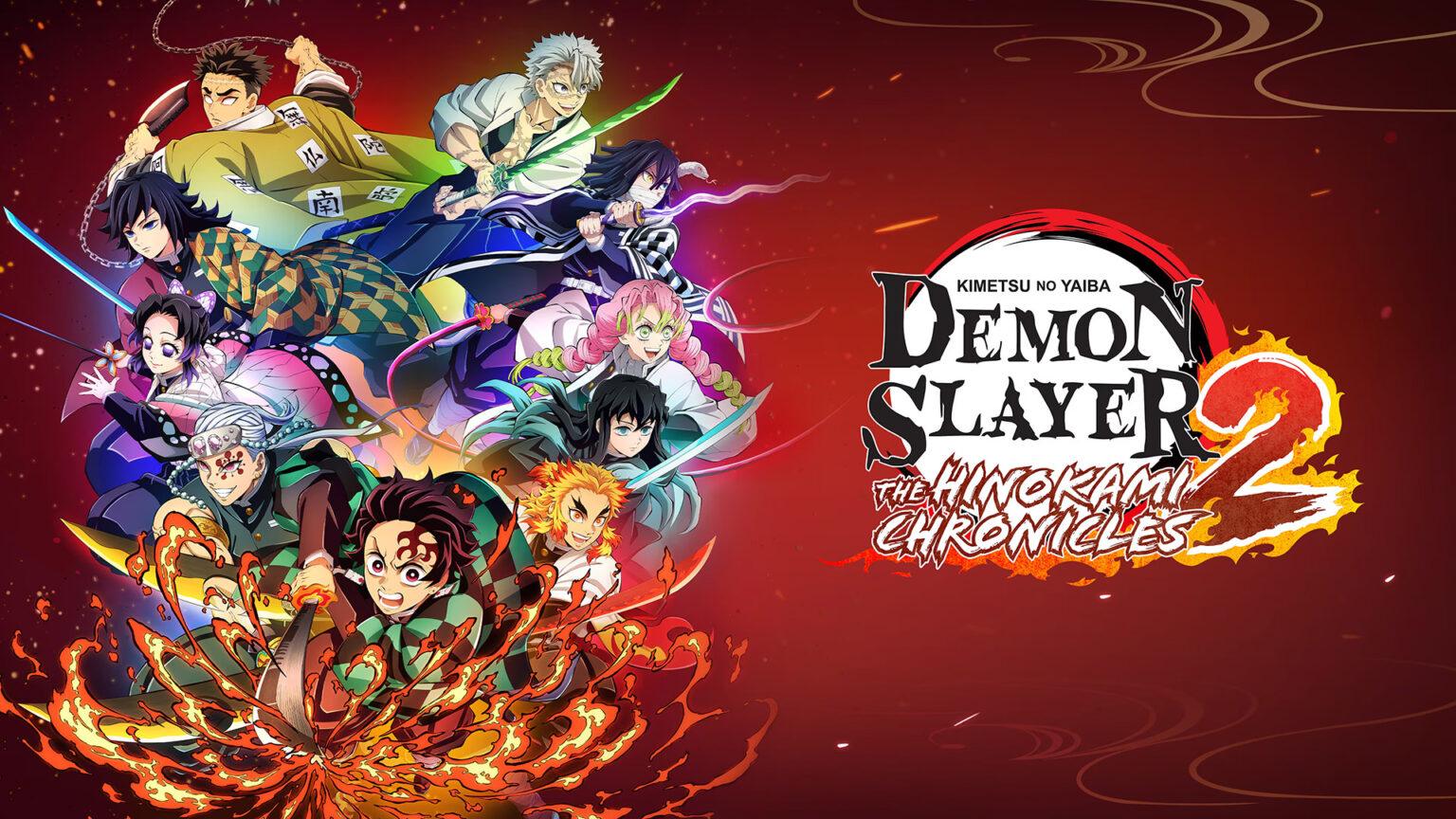Ever since the release of Season 1, the anime adaptation of the manga series, Demon Slayer has been the flag carrier for anime culture. It also stands as Japan’s bastion of hope on the backdrop of the worldwide popularity rise of South Korean pop culture.
Juggernaut of Japanese pop culture
In just a few years, Demon Slayer: Kimetsu no Yaiba has grown into a cultural juggernaut. The manga has sold over 220 million copies worldwide. Of these, 164 million were sold in Japan and 56 million overseas. That places it among the best-selling manga of all time.

In 2021, Aniplex, CyberConnect2, and Sega teamed up to bring Demon Slayer the action game fans had been waiting for. CyberConnect2 has built its reputation on adapting anime franchises like .hack//, Naruto, Dragon Ball Z, and JoJo’s Bizarre Adventure, always staying close to the source material. With Demon Slayer: Kimetsu no Yaiba – The Hinokami Chronicles, fans got exactly the game they hoped for. Across PC and consoles it sold 3 million copies, outselling comparable One Piece and My Hero Academia titles. It’s no surprise that Sega and Aniplex pushed for a sequel, and here we are.
Story First
Like the first game, Demon Slayer: Kimetsu no Yaiba – The Hinokami Chronicles 2 aims to merge an accessible arena fighter with the dense story of the anime. The original Chronicles covered Season 1 and the Mugen Train film. Chronicles 2 picks up directly after and follows the narrative closely until the recent Infinity Castle movie. This suggests that a possible Chronicles 3 would cover what comes next.
You play as Tanjiro Kamado, a kind-hearted boy turned demon slayer. His journey is driven by duty, resilience, and love for others. The Story Mode forms the centerpiece of the game. It mixes long in-engine cutscenes with anime footage taken directly from the source. These are combined with light exploration sections and, of course, the actual fighting.
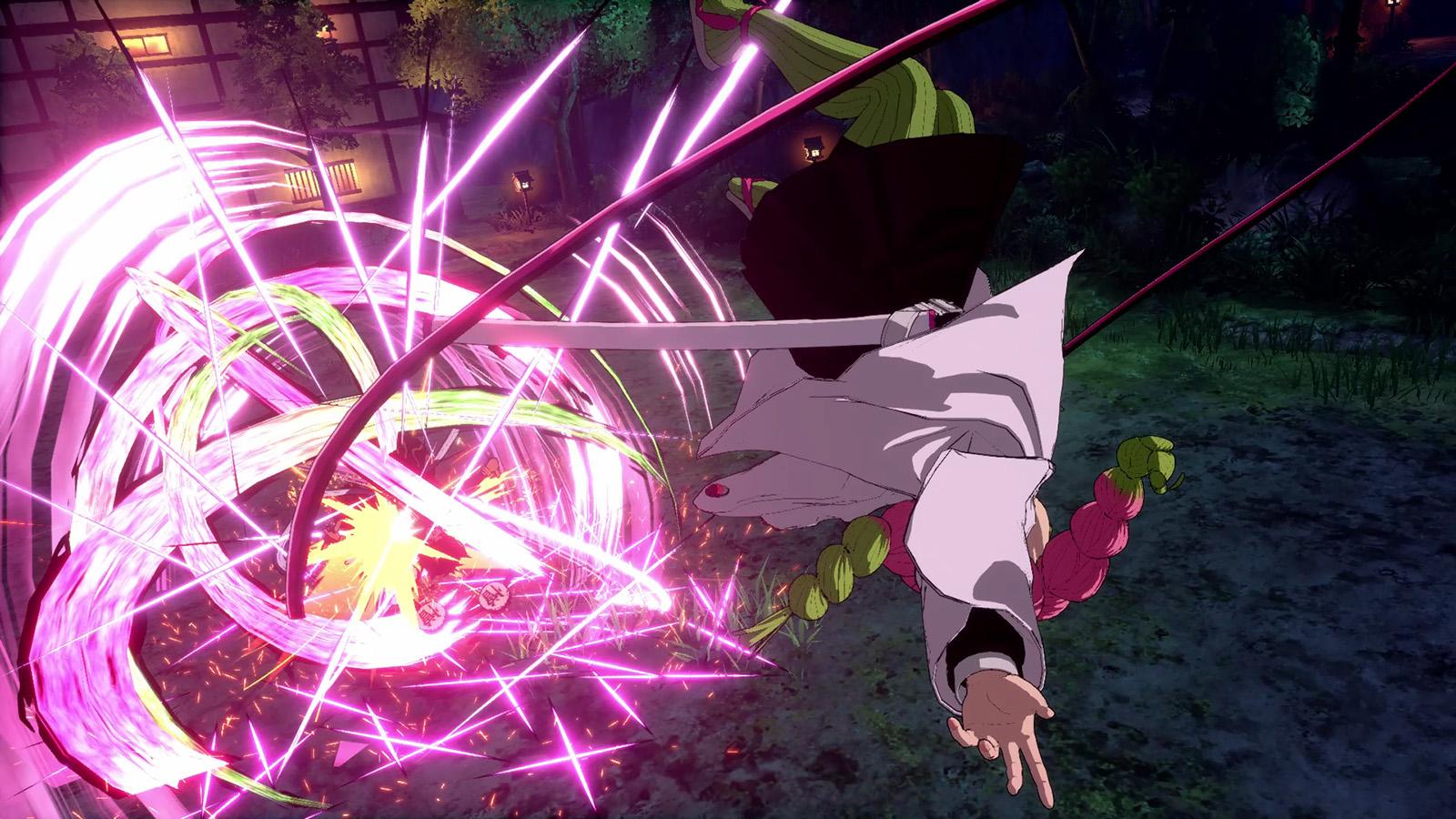
The full story, from Chronicles 1 until now, is condensed into an eight-hour playthrough. It keeps you engaged most of the time. The cutscenes, whether in-engine or lifted from the anime, go beyond the essence of Demon Slayer. At certain heartfelt parts the game director tastefully switches to the original anime scenes. These cutscenes convey a lot more emotion than the more static but otherwise extremely well don in-engine scenes. From a production and a direction standpoint it is very well done.
From cut scenes to open world to fighting
At times, like when you hit the Entertainment District arc, The game switches to an open world exploratory mode where you can run around somewhat freely, talk to NPCs find trinkets, game currency and many of the game art and music to enjoy in the gallery. Apart from that you can unlock characters for the competitive modes as well. Switching from fighting or the cutscenes to these open world sections is a huge shift in pacing, though. You follow quest indicators and can divert into doing side quests as well. While the main quest usually triggers shorter cut scenes and help the story go forward, the side quest are somewhat mundane fetch quests and hardly rewarding, but never drag on too long to be a nuisance.
Combo-galore
The story splits into nine chapters, each covering a manga or anime arc. In every chapter you fight two to four battles, adding up to around 25 in total. That may sound light for a fighting game, but it never feels short on action. The battles remain as loud and bombastic as CyberConnect2’s earlier work. The fighting engine is very combo-heavy, extremely accessible with almost no typical fighting game ‘meta’ and systems to speak of. This is refreshing to me, coming from Garou: City of Wolves and Tekken 8 not to long ago. It is visually spectacular first and foremost. These moves reach the same epic flair as JoJo’s Bizarre Adventure and Dragon Ball FighterZ.
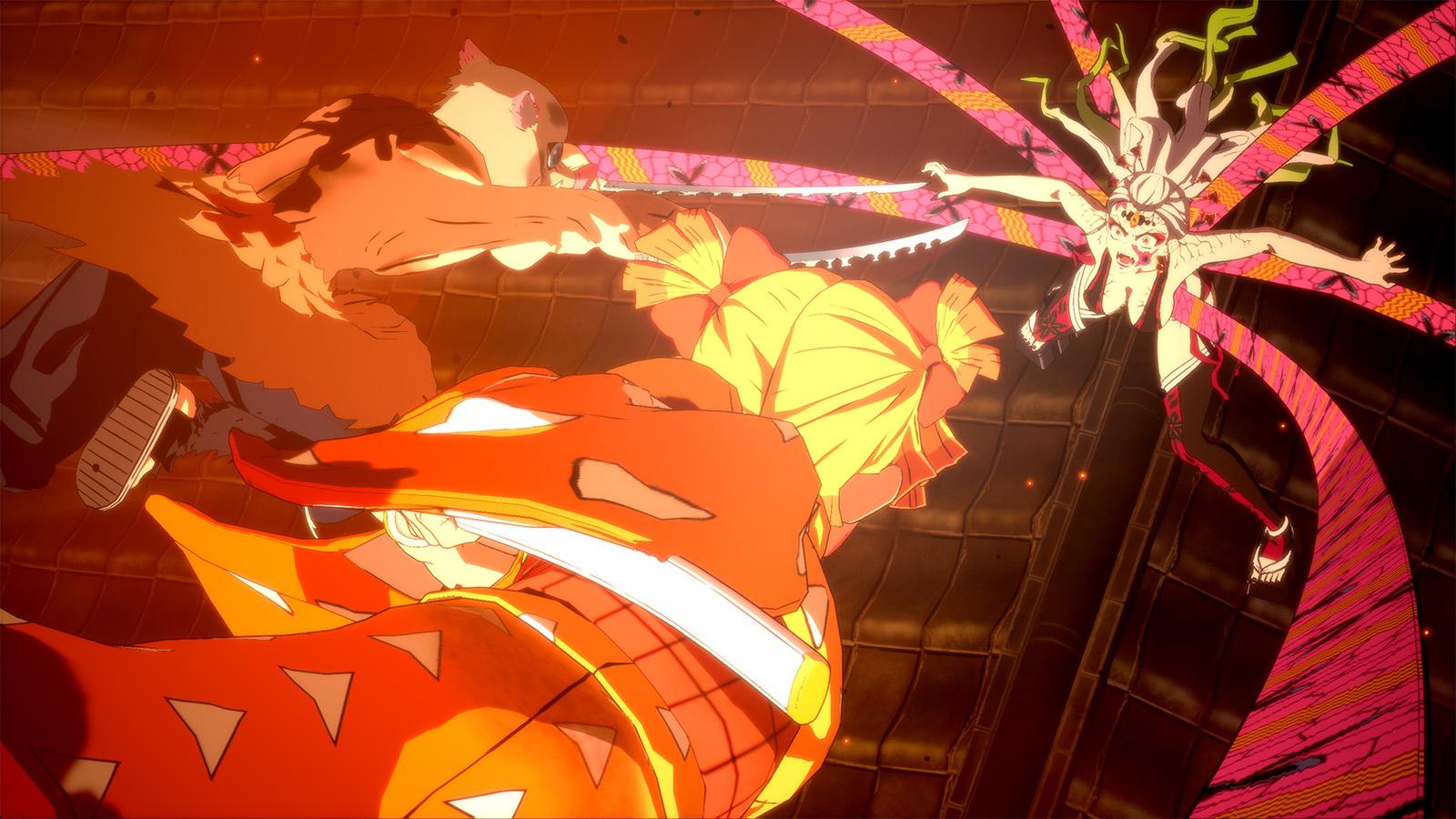
The combos usually follow simple chains like X, X, X, down + X, with a few variations. There is no ‘Roman cancels’, ‘Frame traps’ or real meter management to speak of. The system is clearly designed for accessibility, aimed at the wider Demon Slayer audience rather than the EVO crowd. For most of the story mode, fights serve to move the story forward, not to push players to frustration. Later, the battles shift into boss fights. Bosses introduce attack patterns and raise the difficulty, though never to the point of breaking your patience. The boss fights tie seamlessly into the cutscenes and turn the story mode into a heart-pumping experience once it hits full gear and leaves the exploration sections behind.
Multiplayer
The second most important bits of the game comes from the online and offline multiplayer features, of course. When playing online you have to adjust to the rhythm of playing against other humans, but for the most part it isn’t hardly as sweaty as the more technical tier fighters like Guilty Gear ~Strive~, Tekken 8 and Garou: City of Wolves. As the engine relies combo- and juggle-mechanics skilled players can easily trap a newbie into never ending combo. With a small skill gap or knowledge of the basics, an opponent can ‘juggle’ you from the start to the end of a round. You may never even get the chance to land a hit. So, even with its limited complexity, there is still a need to understand the basics and act by it as with every fighting game.
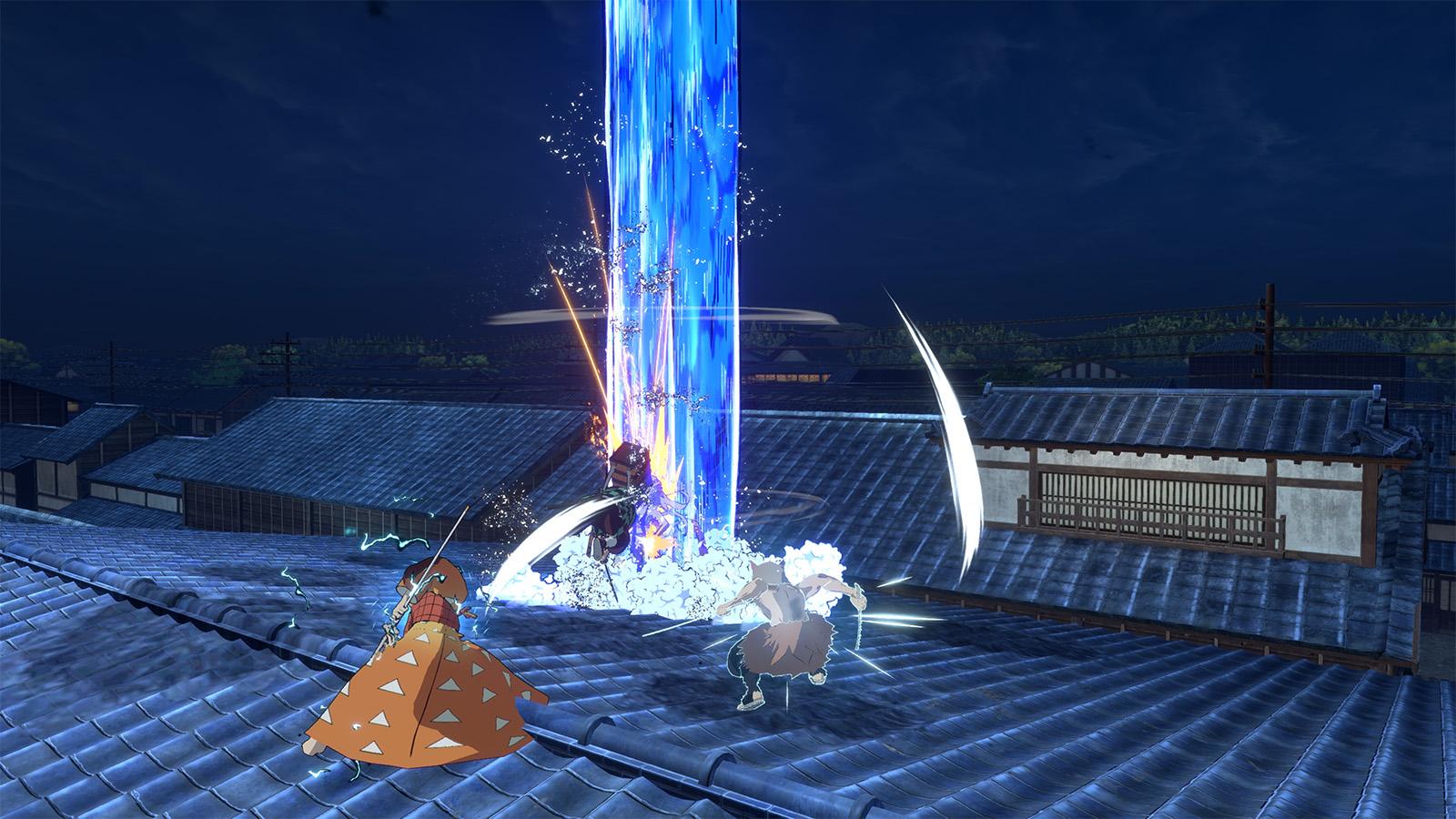
As of now there are some players in the word wide lobbies. At any given night you should encounter five to ten different players you will rotate between, but not enough to have a sustainable base for long term community unfortunately.
Low skill ceiling
I’ve played most fighting games still in their active lifecycles, and I’ve reviewed many for Dutch Xbox site XBNL. From that perspective, I see little incentive for Chronicles 2 to build a meaningful competitive scene. It feels limited, with a low skill ceiling. Once players learn the basics, there isn’t much room to outplay others beyond reflexes and simple execution. Instead of layered systems like defense counters or guard cancels, you can simply parry opponents. That simplifies the gameplay significantly. There’s also an easily executed Dual Art special, unique to different tag team combinations. Another mechanic is the Gears system, which lets you apply buffs to your character. These power-ups slightly change resilience, strength, or attack properties. In practice, though, the Gears don’t alter the gameplay enough to make a real difference.
Single player features
All said, I do not see this as a disadvantage, I much more like the basic approach for this particular game. And, compared to all those EVO games, Chronicles 2 offers a boat load of single player features. In addition to the Story mode you can go through a Training pads that allows you to choose your own path. Each path consists of a series of battles with specific conditions. Completing them helps you learn character moves, mechanics, and timing while unlocking rewards like costumes, voices, or in-game currency. Again, these Training Paths are very accessible for beginners. To get you up to the date to the point Chronicles 2’s story begins, you can play the Path of the Demon mode, which recaps the story arcs of Chronicles 1, into a five fights accompanied with cut scenes.
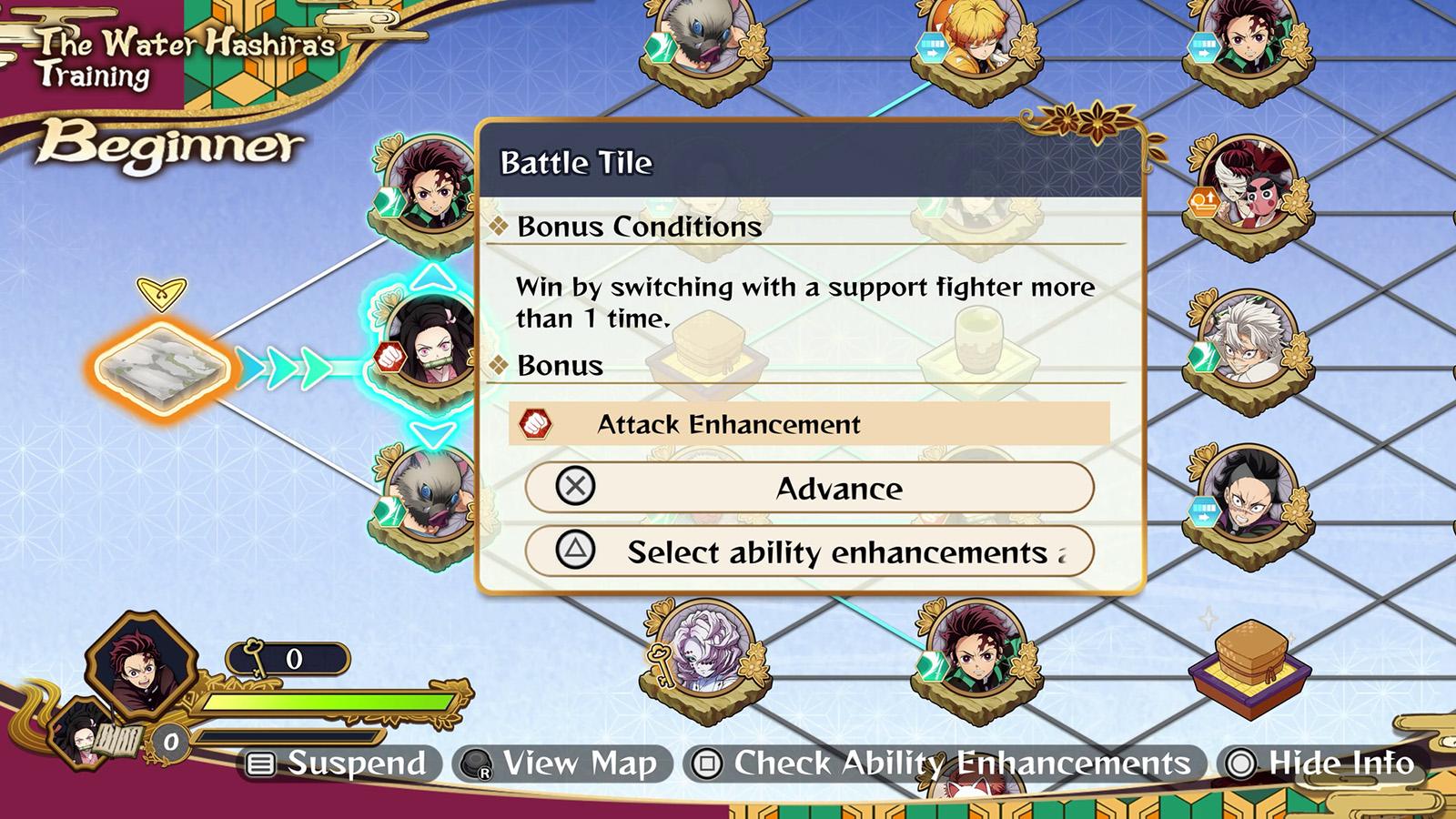
Story above all
In essence, the centerpiece is Story Mode, as the name of the game implies. It captures the spirit of Demon Slayer and gives newcomers an exciting way to catch up on the lore. The fighting may feel shallow, even disappointing if you’re deep into the genre, but it stays accessible and fun to watch and play. Jumping into multiplayer as a beginner can be soul crushing, as always. With a bit of understanding and tenacity, though, you can hold your ground eventually.
As someone who only watched the occasional episode, Chronicles 2 reignited my interest in both the anime and the manga. This is a testament how well the game’s production conveys the qualities of the show. In the end, the game isn’t the greatest fighter ever and the story mode suffers from pacing issues. It does underline why Demon Slayer is such an incredible franchise. It shows that this series has some of the action-heavy funniest and most heartfelt storytelling in a new anime over the last decade.
Demon Slayer: Kimetsu no Yaiba - The Hinokami Chronicles 2 puts story above all else. The game succeeds in retelling the anime with care, mixing anime footage and in-engine cutscenes into a production that feels true to the source. The combat is flashy and fun but shallow compared to the genre's heavyweights. With simple combos, parries, and specials, the game aims for accessibility rather than depth. For fans and newcomers alike, Chronicles 2 delivers a rich way to experience the story. It may not satisfy the hardcore fighting game crowd, but it does justice to one of anime’s most successful franchises.
The Good
- Faithful retelling of the anime’s key arcs after 'Mugen Train'
- Spectacular visuals and cutscenes
- Accessible combat, easy for newcomers
- Plenty of single player content
The Bad:
- Shallow fighting mechanics
- Exploration breaks the pacing
- Small and unsustainable online community for multiplayer


